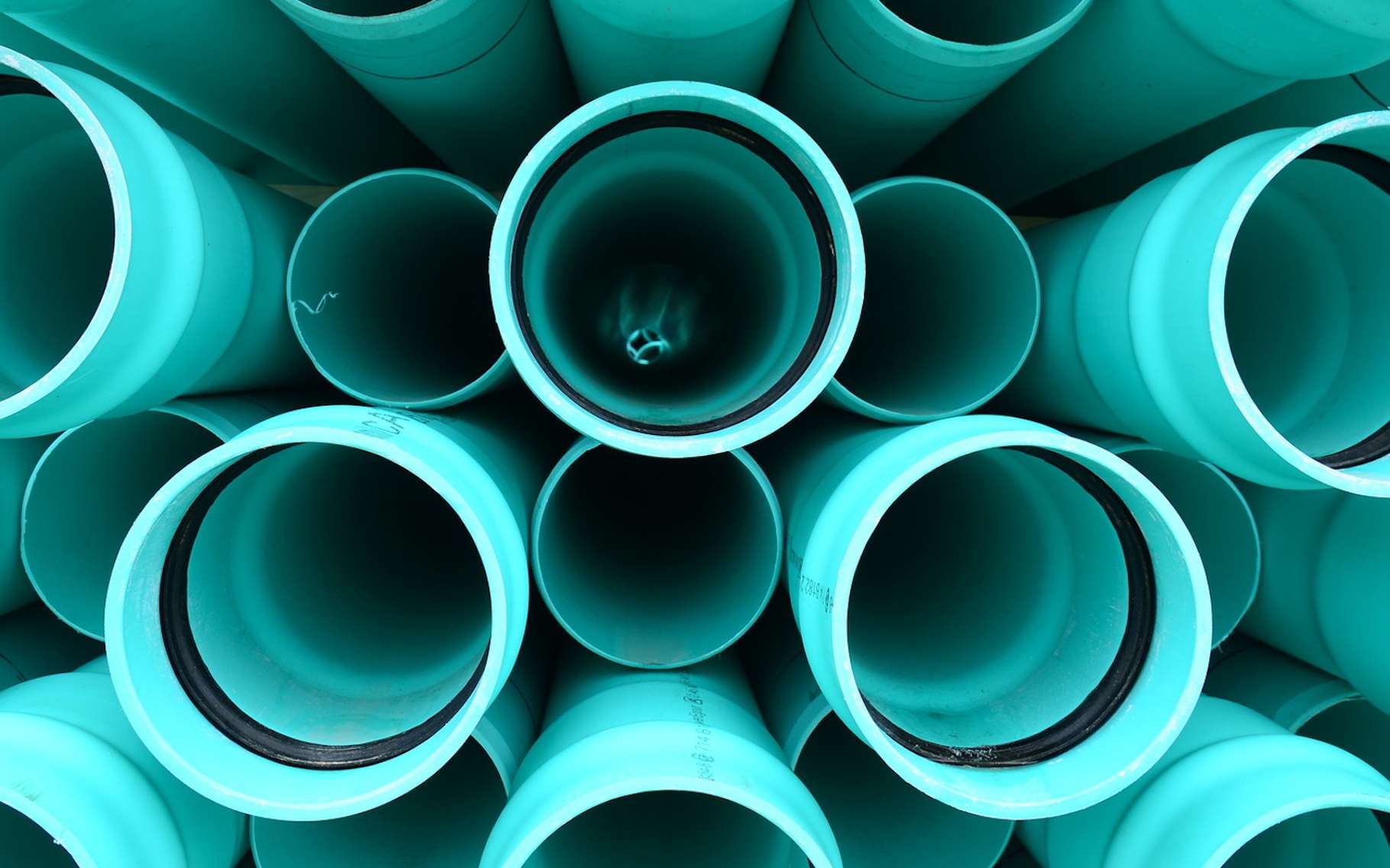In our modern world, plastic materials have become an essential part of our daily lives, shaping everything from the packaging of our food to the construction of our homes. Their lightweight, durable, and versatile characteristics make them a preferred choice across various industries. However, the story of plastic is more complex than it appears on the surface. As we delve deeper into the science and technology behind these materials, we uncover a rich landscape of innovations, challenges, and opportunities.
Understanding plastic materials requires us to look beyond their convenient application and consider their environmental impact, production processes, and the future of sustainable alternatives. plexiglass sur mesure pas cher From the intricate structures of polymers to the breakthroughs in biodegradable options, the world of plastics is evolving. This exploration reveals not just the secrets of how these materials function, but also how we can harness their potential responsibly for generations to come.
Types of Plastic Materials

Plastic materials are classified into several categories based on their chemical structure and properties. The two primary types are thermoplastics and thermosetting plastics. Thermoplastics, such as polyethylene and polypropylene, can be melted and reshaped multiple times, making them highly versatile for manufacturing processes like injection molding and extrusion. Their ease of recycling has led to widespread use in products ranging from packaging to automotive components.
Thermosetting plastics, on the other hand, undergo a chemical change when heated, which makes them rigid and unable to be remolded. Common examples include epoxy, phenolic, and polyurethane. These materials are often used in applications requiring durability and resistance to deformation under heat, such as in electrical insulators and thoroughly reinforced parts in various industries.
In addition to these main categories, there are also specialty plastics that offer unique properties tailored for specific applications. Bioplastics, for instance, are derived from renewable resources and can be biodegradable, appealing to environmentally conscious consumers. Others, like engineering plastics, provide enhanced performance characteristics such as higher strength, temperature resistance, and chemical stability, making them suitable for high-stress applications in aerospace, automotive, and medical devices.
Environmental Impact
The environmental impact of plastic materials is a pressing concern that has garnered global attention in recent years. As the production and consumption of plastic continue to rise, so does the volume of plastic waste entering our ecosystems. Plastics often take hundreds of years to decompose, leading to landfills overflowing with discarded items and a significant presence of microplastics in our oceans and waterways. Wildlife is often affected as they ingest these materials, mistaking them for food, which can lead to injury or death.
Moreover, the production of plastic materials contributes to greenhouse gas emissions, further exacerbating climate change. The extraction of fossil fuels used in plastic manufacturing releases pollutants into the air and water, impacting both local ecosystems and human health. Alternative methods of production and recycling initiatives are being explored, but these solutions have yet to fully mitigate the environmental consequences associated with plastic use.
Innovative approaches to managing plastic materials are essential in reducing their ecological footprint. Governments and organizations are increasingly seeking to implement strategies that promote recycling, the development of biodegradable alternatives, and public awareness campaigns aimed at reducing plastic consumption. By embracing a more sustainable mindset towards plastic materials, we can begin to alleviate some of the pressures they place on our environment and work towards a healthier planet.
Innovations in Plastic Recycling
As the global demand for plastic continues to rise, innovations in recycling methods have become crucial in addressing environmental concerns. Advanced chemical recycling technologies allow for the breakdown of plastics into their fundamental monomers, enabling the creation of new, high-quality plastic products without the degradation that often occurs in traditional recycling processes. This technique opens the door for more efficient recycling systems that can handle a wider variety of plastic materials, including those that are traditionally non-recyclable.
Another significant development is the integration of blockchain technology in the plastic recycling industry. By providing a transparent and traceable system for the collection and processing of recycled materials, blockchain enhances accountability and encourages responsible recycling practices. This transparency can lead to greater consumer trust and engagement, ultimately supporting a circular economy where plastic materials are continually reused and repurposed, reducing the need for virgin plastic production.
Furthermore, there is an increasing focus on upcycling initiatives that transform recycled plastics into higher-value products. Innovative designers and companies are creating unique items from waste materials, such as fashion accessories, home decor, and even building materials. These creative solutions not only divert plastics from landfills but also raise awareness about the importance of recycling and sustainability, inspiring consumers to think differently about the life cycle of plastic materials.

